Galleries
10 Surprising Habits of Millennial Art Collectors
They aren't just snapping up works off Instagram.
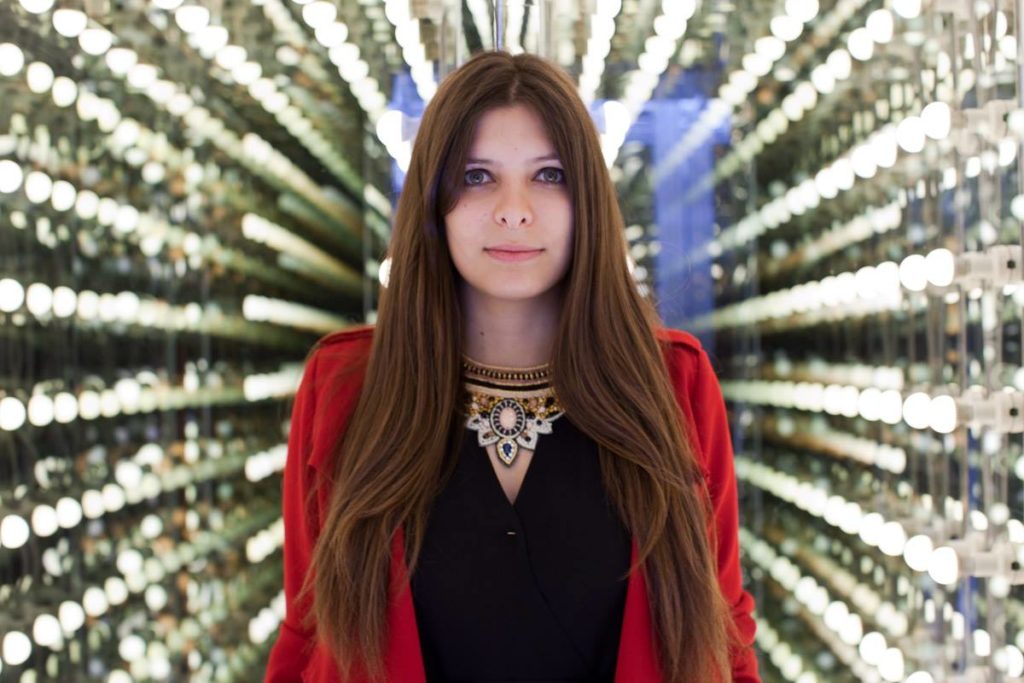
They aren't just snapping up works off Instagram.

Christie Chu


Henry Codax at Martos Gallery (2012).
Photo: courtesy of Martos Gallery.
As the largest generation in the U.S labor force, according to the Wall Street Journal, and a generation of consumers that are on track to spend $1.4 trillion annually by 2020 and inherit $30 billion in the coming years, according to the New York Times, it’s no wonder businesses are catering to millennial buyers.
Coined by authors William Strauss and Neil Howe, the term applies to those born between 1980 to 2000 and who have grown up with computers and smart phones practically in their cribs.
But how do millennials consume in the art world? Here, we take a look at their lifestyle and habits.
1. Millennial collectors generally have less access to capital than older collectors.
This observation comes at no surprise. There are instances where collectors continue a family lineage of art collecting (with family money), but let’s get real. Despite the buzz about newly minted twenty-something billionaires, not all young entrepreneurs, bankers, and tech gurus are getting rich that quickly. Pass on bidding at Christie’s evening sale, hello to Christie’s First Open.
2. Millennial collectors network and hustle.
“Networking” can be seen as a dirty word, but anyone will tell you, it’s a must for any career. Kenneth Schlenker of online art platform ArtList told artnet News over the phone, “Older collectors read Artforum, they’ll have advisors or they’ll work closely with one or two galleries. The young collector is networking with more people and is being proactive to get access to things by themselves, earlier, before its being shown at a gallery. Perhaps in the studio directly.” He continues, “They are more aggressive in that area.”

Roya Sachs.
Photo: via linkedin.
3. Millennial collectors equally buy offline and online.
With online art sites proliferating, it’s easy to assume that a younger generation who grew up with the Internet would be fully transitioning from offline to online, but Tara Downs, director of Tomorrow Gallery told artnet News, “I would say that 50% of my sales occur by someone coming into the gallery.” While she does exchange pictures over email, she says, “a lot of collectors desire to view the work in person.”
Independent curator and collector, Roya Sachs, says, “I love collecting at art fairs; there’s an energy and pace that is both thrilling and exciting, I guess in that sense I am much more of a traditional face-to-face collector.” She continues, “I will occasionally buy online, in galleries, and through auction if I am looking for something more specific.”

Collector and curator Roya Sachs’s wants to purchase a work by David Shrigley.
David Shrigley, Cup of Tea for Sale.
Photo: Davidshrigley.com.
4. Millennial collectors are more likely to take risks.
Downs explained a subtle difference between older and Millennial collectors is their “sensibility.” She noted, “Younger collectors gravitate towards unusual materials and are closer to the contemporary sensibility that the young artist is in tune with. The older collectors are looking for more traditional pieces that are a little less risky.”
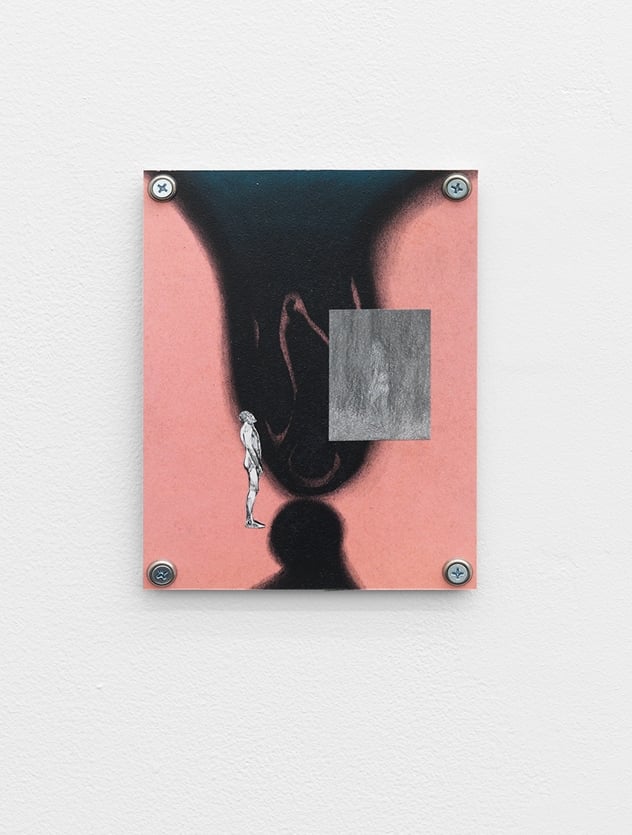
Tara Downs says many collectors come to her for Canadian artist Aleksander Hardashnakov.
Photo: courtesy Tomorrow Gallery.
5. Millennial collectors use social media to stay in touch with artists and galleries.
It’s difficult to fully gauge how social media affects sales transactions, but it’s easy to realize that social media is being used to engage and start conversations. Schlencker says, “Millennials want a direct connection. More often than not, they’ll add the artist and gallerist on Facebook and Instagram.”
Similarly, Michael Xufu Huang, a collector and co-founder of Beijing museum M Woods, told artnet News he uses Instagram to “promote his museum and keep in touch with artists and gallerists” but never to buy from the app directly.

Michael Xufu Huang with Amalia Ulman at Art Basel in Basel.
Photo: via Instagram/Michaelxufuhuang.
6. Millennial collectors who buy and sell art often reinvest their money.
There is a lot of talk of a new breed of “art flippers”—those who buy and sell art to turn a profit. It’s a way of short-term collecting that most veterans of the art world vehemently dislike, for good reason. New York and LA-based art collector and restaurateur Noah Traisman says he does buy and sell art (he owns works by Mark Flood and Henry Codax) but only to reinvest the money he makes from each sale into more art as a way to expand the size and scope of his personal collection.
Traisman told artnet News, “There is a misconception by many collectors that brokering deals or ‘flipping’ is a way to make money, but most people I know simply do it to grow their personal collection. To this day 100% of my profits have gone straight back into my collection.”
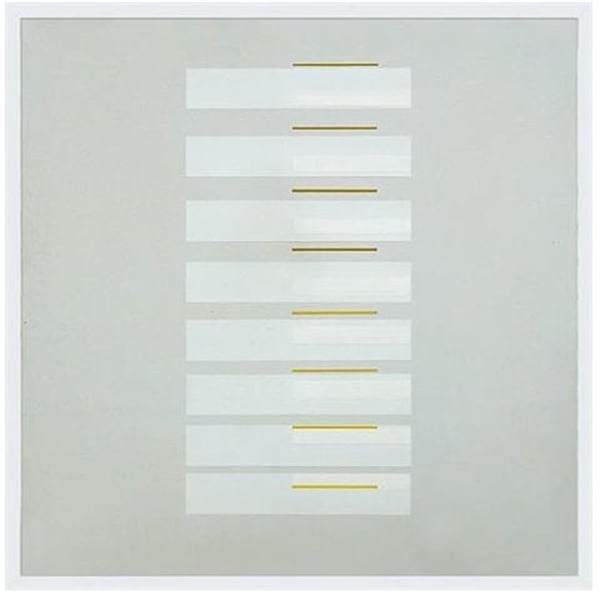
Collector and M Woods co-founder Michael Xufu Huang wants to purchase a Richard Lin.
Richard Lin, Two Yellows (1967).
Photo: via artnet/ Tadema Gallery.
7. Millennial collectors generally have less of an understanding of the canon.
An observation that makes sense again, because as pointed out above, the Millennial generation is a younger generation. It takes time to know the historical importance and references in art.
Dealer Matt Moravec of Off Vendome told artnet News, “I don’t think there is much of a difference between young and old collectors. Both can be trendy, good, bad, market driven or not. The biggest difference is maybe that older collectors often have a better understanding of art history and the place that newer work fits into a historical conversation.”
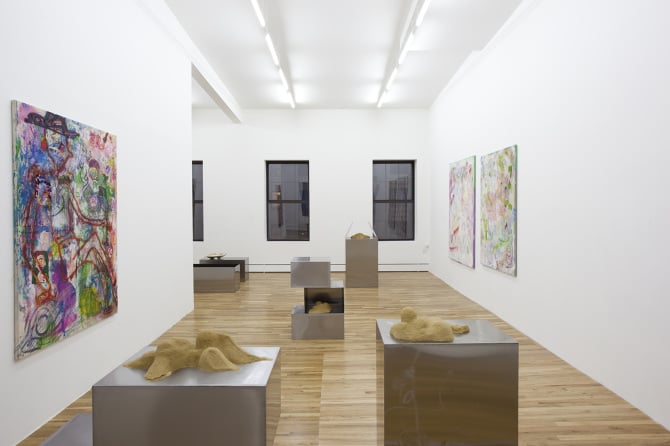
Lena Henke and Max Brand’s show at Off Vendome was a sold out show.
Photo: courtesy Off Vendome.
8. Millennial collectors want to do their own research.
“They [Millennial collectors] understand in order to do their own research, they have to connect with the right people.” Schlencker says. This includes connecting with them via social media as well as in-person. “Following the right people, checking out what they have, most of the time its on Instagram,” he explains.
“First thing they do is follow the people they look up to, collectors or celebrities in the art world. You end up discovering new artists, then you look for the hashtag, and then if you’re really interested you’ll look for articles and prices,” he says.
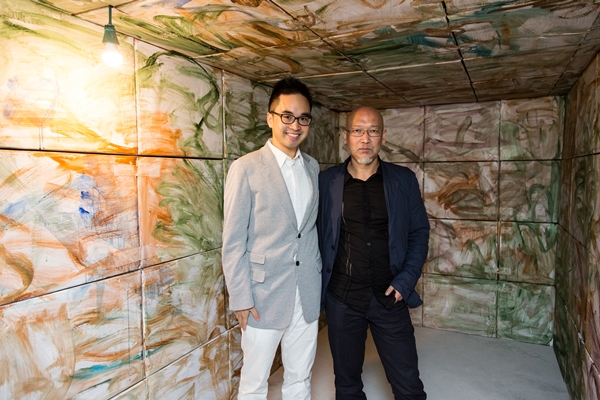
Adrian Cheng, Zhang Enli.
Photo: courtesy K11 Art Foundation.
9. Millennial collectors are acquiring artworks that have meaning to them.
Zhang Enli’s work, Space Painting (2014), was recently acquired by K11 for K11 Kollection at Unlimited Art Basel in Basel. Hong Kong-based collector and founder of K11 Art Foundation, Adrian Cheng told artnet News, “I have been following Zhang Enli’s works for many years. From his earlier works to his recent creations, his pieces have deeply moved our souls. Especially for the younger generation like us, who feel a close affinity to China, witnessing China’s transformation in the past 20 years: rapid economic growth, rural-urban migration and constant social conflicts.”
On a similar note, Traisman says a new favorite Instagram handle he follows is @bryants_cuba because “as the US relationship with Cuba evolves I believe these artists are poised to make a major impact.”
10. Millennial collectors want to get involved.
Young collectors don’t just want to buy art, they also want to know more about the art world. Institutions like the Guggenheim Museum, the Museum of Modern Art, and the Whitney Museum of American Art all have programs that get Millennial collectors involved early.
Depending on the level you’re in, these young collectors councils include you on museum acquisitions, special events, VIP access to fairs, and artist studio visits. Members can range from bankers, financiers, art world denizens to all kinds of creative types. These councils are a sure way to access the “exclusive” art world, while gaining some cultural education along the way—two good reasons why Millennials like it.

Young Collector’s Party at the Guggenheim on March 19, 2014.
Related stories:
10 Exceptional Millennial Artists to Watch
Why as a Millennial the Fondation Louis Vuitton in Paris is Worth Visiting